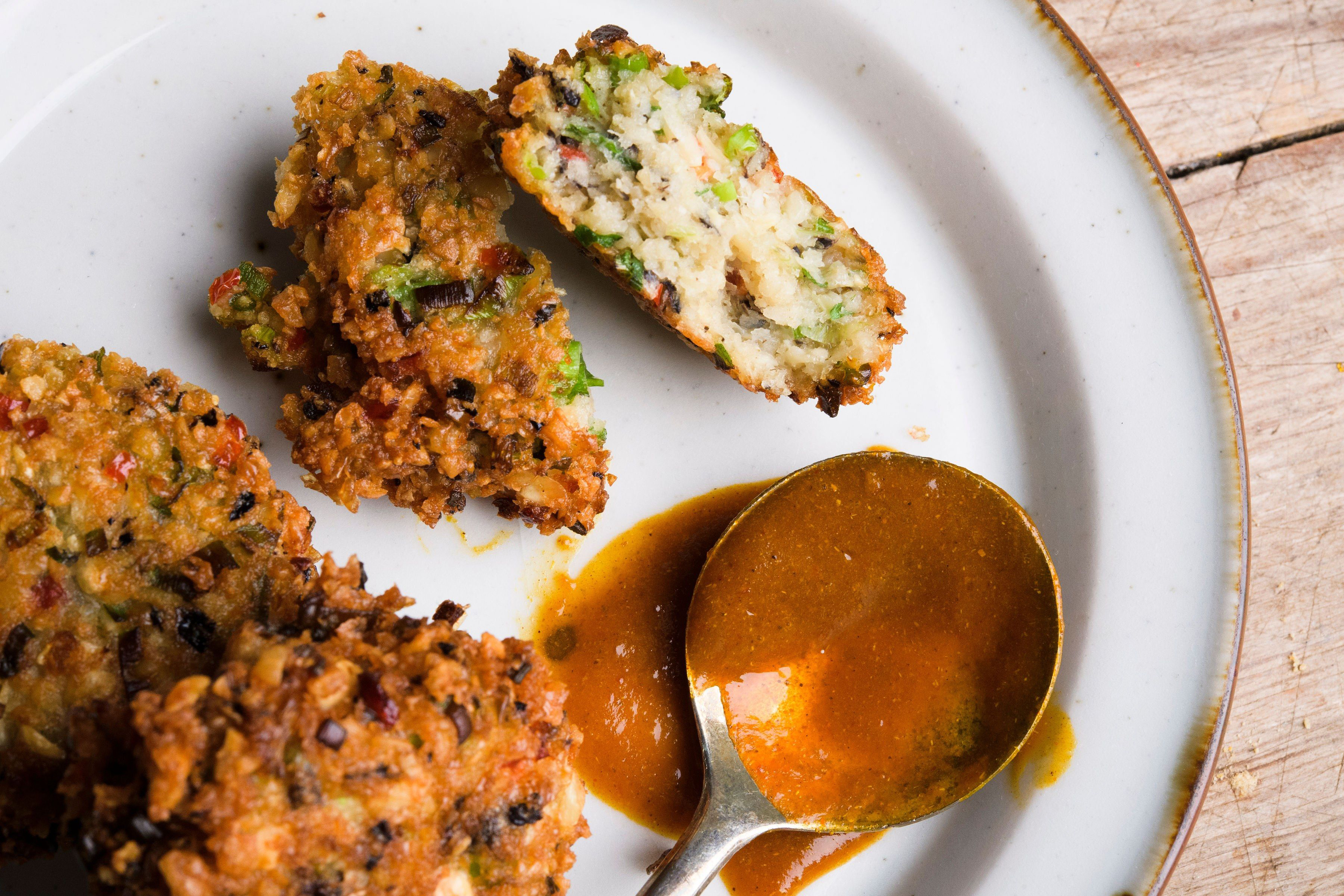You have never heard of fritters…

What you need to know:
- Recipe. You imagine fritters is a dish from mars? No, follow the recipe guide below by A Kadumukasa Kironde II.
Much to my chagrin as I have often discovered, the term fritter is frequently and confusingly used to cover three different kinds of food. More often than not we think of a true fritter as a delicately flavoured batter that is heavy in eggs and deep fried. On the other hand, while they are not called fritters, crullers and doughnuts are very closely related to them, with the former richer in fat and the former heavier in flour.
Do not make the mistake of confusing the texture of the aforementioned fritters with certain pan or shallow fried mixtures such as corn fritters. Interestingly, the term fritter may also apply to nibbles of meat, fish, vegetables or fruit dipped in a batter and dried prior to deep frying. In this last type, the fritter batter serves as a protective coating while other examples of fitter like foods are deep fat fried vegetables and croquettes.
Variations of this completely encased foods of rosettes are a free standing item that is shaped and then filled. Always be sure to choose fillings that are somewhat on the stable side with and put them in just before serving ensuring that the fritter like casing will stay firm and crisp.
When you are making fritters either cooked or otherwise these may be in batter, however uncooked meats tend to be more satisfactory if minced. To prepare frittered vegetables, feel free to use any leftover or vegetables. Seafood and sliced firm tomatoes are also highly recommended and make a delectable choice.
Indubitably, the fritter is the biggest symbol of African culture and heritage in Brazil. For well-nigh two centuries, they have been sold in the streets of Bahia, a large state on Brazil’s eastern coast as a snack. Acarajes resemble large oval meatballs that have a reddish brown crust and a grainy soft bean puree on the inside and frankly they are a meal unto itself. The batter is prepared with uncooked beans which should cook when they are fried. If you use cooked or tinned beans, the batter will simply melt away in the oil. These fritters can stand up to lots of hot seasoning.
Ingredients:
175g dried black eyed-beans
1 small onion, diced
Salt and freshly ground black pepper
Cayenne pepper to taste
A pinch of Spanish paprika
475ml of rapeseed oil (alternative would be olive oil or avocado oil)
475ml dende oil (substitute a combination of coconut and palm oil)
Method:
- Place the beans in a bowl and cover them with cold water
- Leave the beans to soak at room temperature uncovered for at least 12 hours though 24 hours would be optimum. Change the water at least once or when you see that it has turned a brownish colour.
- When you are ready to make the fritters, drain the beans and spread then onto a baking sheet that is lined with kitchen paper so that become completely dry, no more than 5 minutes. Place the beans in a food processor with the onion, black pepper, salt and the cayenne pepper and paprika and process until it is finely ground.
- Pour the oils into a large heavy based saucepan or casserole and heat the oil to 180dC/359dFH, as measured with a deep fat thermometer. If you do not have a thermometer, drip a bit of batter into the oil—when you hear a sizzling sound and see the batter turning golden brown, the oil is ready. Using two oval shaped teaspoons, make little quenelles by scraping a bit of batter and transferring it from one spoon to another, putting some pressure against the spoons as you create the shape of a quenelle. Drop them directly into the hot oil. Only add as many as will fit in the oil without touching each other. Turn occasionally with a long slotted spoon, making sure that the sides are evenly browned which should take about 3 minutes.
- Transfer the fritters to a baking sheet that is lined with a double thickness of kitchen paper to absorb any extra oil. Continue working in batches until all the fritters are cooked. Keep the finished batches in a warm oven until you are ready to serve them.
A note on black-eyed beans and other dry beans:
Black-eyed beans or black eyed peas are the original beans used in this recipe, but you could also use our local kanyewbwa or kidney beans. It is critical to note that the beans must be soaked but cannot be pre-cooked. This recipe would not work with canned or cooked beans as they would become mushy.




